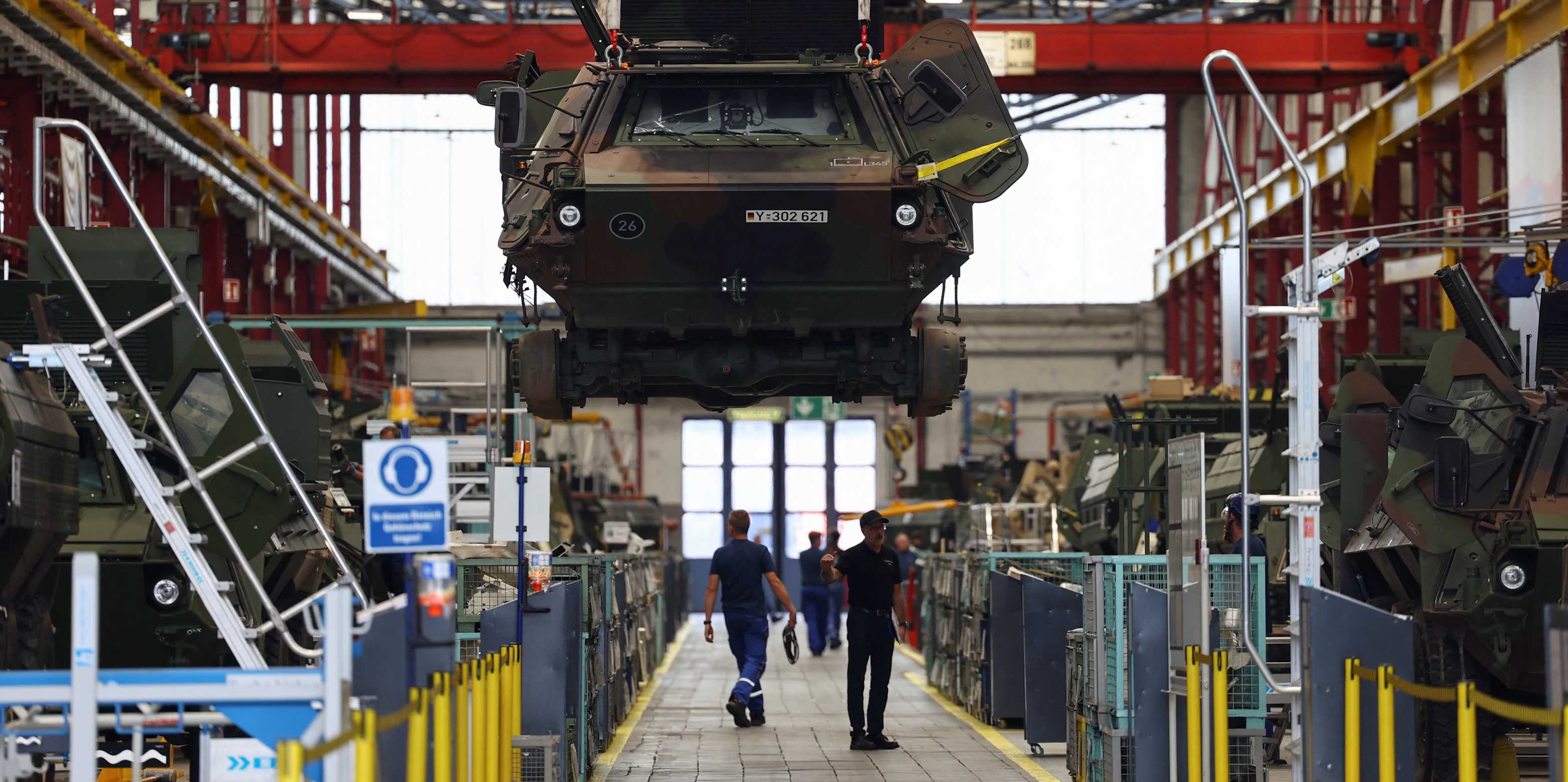German Military Planning: Aims and Trade-Offs
German security and defense policy faces considerable challenges. The armed forces are confronted with serious recruitment and financial issues, in addition to conflicts between political and military priorities, write Alexander Feltes and Niklas Masuhr in this edition of the CSS Analyses in Security Policy series.

Immediately after the Russian invasion of Ukraine in February 2022, German Chancellor Olaf Scholz declared a “Watershed” (Zeitenwende) in German security and defense policy. Above all, this widely quoted term promised an upgrade of the armed forces’ (Bundeswehr) capabilities – an expectation that will seemingly only be partially fulfilled. On the one hand, a 100 billion EUR special fund has been created, reforms of procurement processes initiated, and financial priority given to the Bundeswehr’s operational capabilities. On the other hand, it is becoming apparent that the defense budget will not be increased in the long term to the extent promised and that current financial injections will start to diminish as early as 2027.
“In addition to the underfunding of the armed forces, there are also major challenges in the area of military procurement.”Alexander Feltes and Niklas Masuhr
Armed forces planning always involves balancing conflicting aims. For example, readiness (training, ammunition, replacement parts) needs to be balanced against modernization (introduction of new weapon systems and technologies). In the German Army in particular, it appears that readiness is currently being prioritized. Moreover, the Federal Government has initiated a series of flagship projects that also address political objectives, which may tie up resources in the longer term and, therefore, jeopardize the (renewed) growth of the Bundeswehr across the board. One example is the decision to permanently station a Bundeswehr brigade in Lithuania.
Trade-offs are also unavoidable when it comes to questions of procurement. Military requirements need to be balanced against the viability of the domestic armaments industry and available financial resources. Furthermore, in the German case, relationships with European and transatlantic partners frequently enter into the equation. However, before the Russian invasion of Ukraine in 2022, little consideration was given to military parameters. Changing course as part of the “Watershed” now carries political costs.